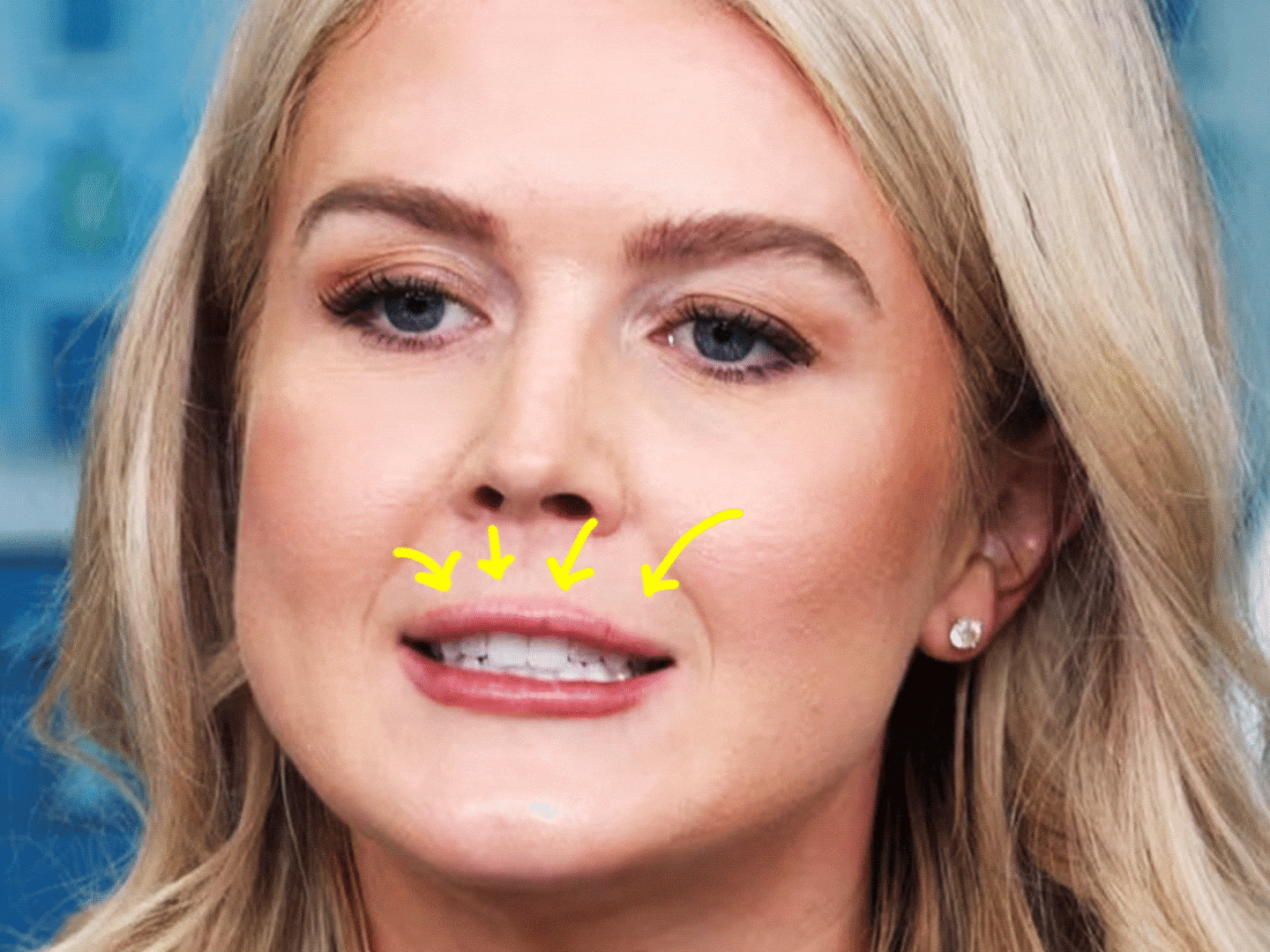Every day for 10 weeks, as many as 120 patients with amyotrophic lateral sclerosis—better known as ALS or Lou Gehrig’s Disease—pop pills normally used to treat epilepsy.
It’s too soon to know whether they’ll see any relief from this fatal illness, which often starts with weakness or cramping, and progresses for about two to three years, until their diaphragm can no longer draw air into their lungs.
Regardless, the drug’s path to a trial in ALS patients is an unusual one. Even if it doesn’t slow their disease, the study could teach researchers a lot about a little-understood illness that is the stuff of nightmares.
The quest started with just a few cells. Kevin Eggan was still awaiting tenure at Harvard when he extracted the skin cells of two women dying from ALS. They were, but still wanted to do something useful.
“By the time they participated, they knew this wasn’t about them. It was about helping other people,” Eggan said, adding that he knows nothing more about the women than that they had a genetic mutation that usually marks a particularly fast-moving form of the disease.
Eggan first transformed their cells into stem cells, which can turn into virtually every other cell type. Then he turned those stem cells into two kinds of nerves.
ALS is a degenerative disease that—sometimes quickly and sometimes painfully slowly—robs people of their ability to control their muscles, like comic Bob Smith. (Famed physicist Stephen Hawking is a rare exception, living with ALS for more than 50 years; most patients die within a few years.)
ALS is characterized by the death of motor neurons, two sets of nerves that connect first the brain to the spinal cord, and then the spinal cord to each muscle. These neurons are the longest cells in the body, stretching as long as 3 feet or more. (In giraffes, a single cell can run 15 feet.)
The mystery of ALS lies in the fact that no one really understands why motor neurons start dying in the first place.
Eggan compares making motor neurons from patients to reclaiming a black box flight recorder from a downed airplane—they can help indicate where things went wrong. “You can watch the disease unfold,” he told The Daily Beast, while sitting in a Harvard courtyard on a sunny fall day. “We could fill this whole courtyard with the motor neurons that came from the cells of that woman and do whatever it takes to figure out how they’re different and why that predisposed them to be sick; and to test ideas at first and eventually drugs, to understand how we rehabilitate those cells to keep them from dying.”
Two teams of researchers—one in Japan, the other in Australia—had an idea that the electrical signaling of the motor neurons play a key role in ALS. These neurons get overexcited and send too many electrical signals, eventually dying of something like exhaustion.
Eggan took the motor neurons he’d made from the ALS patients and checked them for the electrical problems noted by the two other research teams.
Bingo. He and his colleagues found the same issues.
A collaborator at Massachusetts General Hospital, Dr. Brian Wainger, knew of an epilepsy drug that might fix such electrical problems. Wainger, a neurologist, tested the drug on the cells—and once again luck was on their side. The drug, retigabine, calmed down the cells and they started living longer.
“We were very excited about that,” says Dr. Clifford Woolf, another collaborator and a neurobiologist at Boston Children’s Hospital.
But fixing cells is a long way from fixing people.
Normally, the next step would be to test a potential drug in mice to make sure it was safe and would have the desired effect. But retigabine had already been approved by the U.S. Food and Drug Administration, so safety had already been shown, as had the drug’s ability to get into the brain. Plus, it would be impossible, Eggan says, to make mice with the variety of genetic glitches that people have. And mice aren’t a good model for ALS anyway, Woolf says. Lots of drugs that look promising in mice fail in people.
So they decided to test the drug directly in patients, bypassing animal models.
Neither Wainger, Woolf, nor Eggan knew if they would do at least some patients more harm than good. In fact, they’re still not sure.
The trial is enrolling its last patients over the next few weeks, and wrapping up by March. Wainger, the trial’s principal investigator and an assistant professor at Massachusetts General Hospital, said he expects they’ll have analyzed enough data by this time next year to know if the drug helped.
“We’re waiting with bated breath to see what happens,” Eggan said, adding that the disease is far too complicated for them to feel confident that they’ve solved it in the first-go-round.
But even if they fall short of an effective treatment, they hope their research will still make an important contribution.
One of the other goals of the study is to make motor neurons from all of its participants—which will take months and cost a few thousand dollars, Wainger says. Once they have that many affected nerve cells to study, researchers should be able to get a better handle on the diversity of ALS. Are there different types of ALS, with motor neurons dying for different reasons? No one has been able to study that before now.
The potential uses for these stem cell-derived motor neurons is “enormous,” Dr. Lucie Bruijn, chief scientist for The ALS Association, the advocacy group behind the famous “ice bucket challenge,” which has helped fund the work, said.
“I think it’s a very exciting potential to explore, to see if excitability of nerve cells is one of the reasons causing the disease and therefore this drug might dampen that,” she said. “We can ask questions of those [stem cell] lines and use them for a lot of other basic biology and exploration.”
Having a vast stockpile of these motor neurons will also allow researchers to see if other drugs might help at least a subset of ALS patients. Woolf said he plans to screen a library of 3,000 different compounds to see if any correct the disease-related problems in some or many of the patients’ motor neurons.
This, he said, reverses the usual drug discovery process and offers a better potential for finding useful treatments. Pharmaceutical companies usually look for a drug that does one particular thing on one particular protein target. But ALS is so complicated that any effective treatment may have to address several different targets at the same time.
Selecting a drug based on a complex problem, such as abnormal excitability, “may have much more impact on patients—than a drug that is selected for action only on one target and with limited activity on the key pathological features of complex diseases,” Woolf said. He has a grant to use the same approach on a vast array of other neurological diseases, too. “We’re very excited about it.”
This approach should also allow the researchers to identify the earliest signs of ALS and to track those markers as the disease is treated to see if they change, he says.
Using stem cells to develop diseased cells, such as ALS motor neurons, Woolf said, has “opened up this whole new way of modeling disease, screening for new therapeutics, [finding] biomarkers for disease, and who’s at risk for developing disease.”
“Hopefully, this will work,” Eggan added. “If it does, we’re going to use the same playbook to go after other terrible diseases.”






